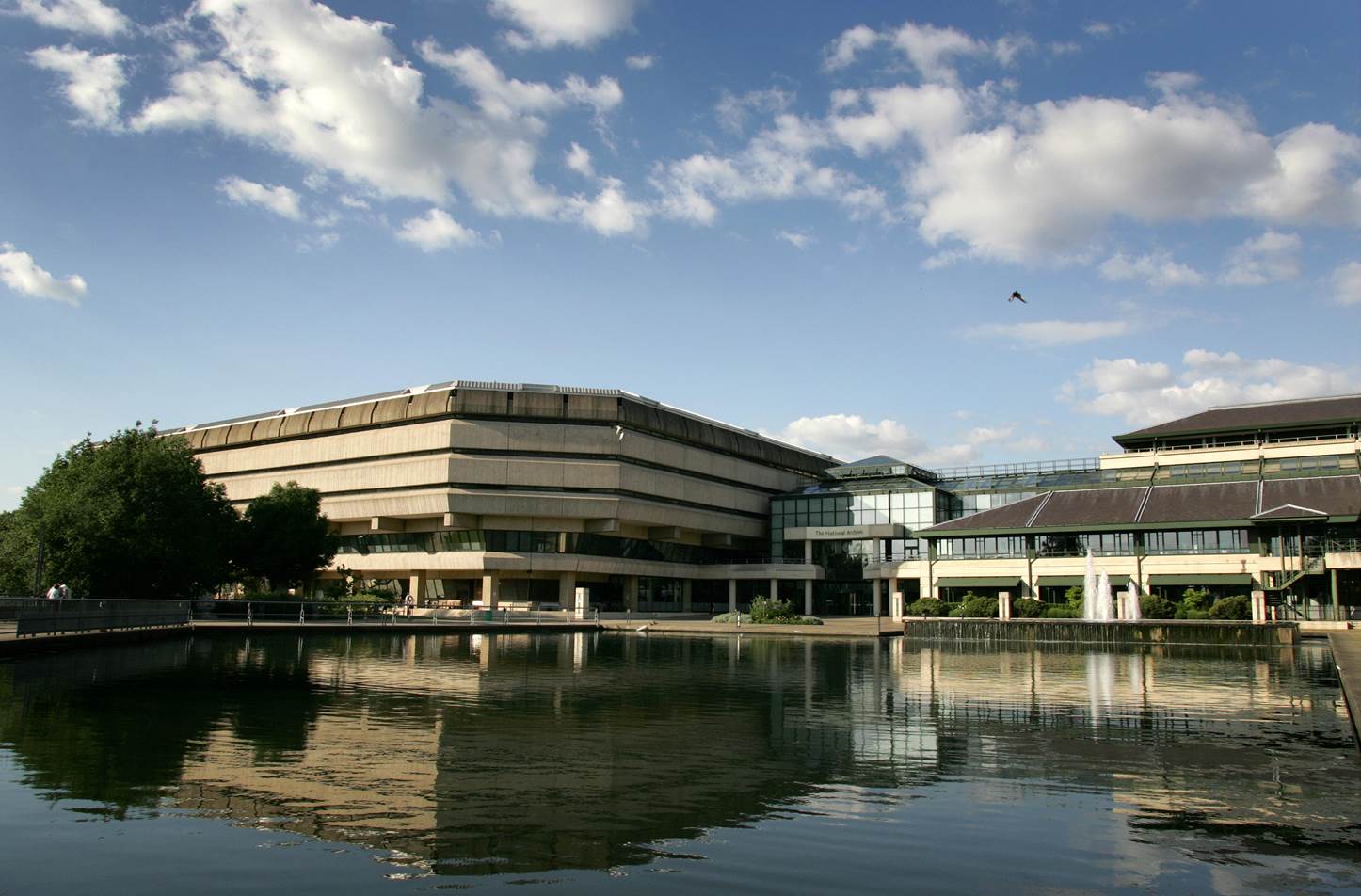Government response to select committee outlines measures taken at tax agency
Credit: Gerd Altmann/Pixabay
HM Revenue and Customs has adopted new social media techniques to support job applicants and dumped some selection tests after its own director general of customer services accepted the department’s recruitment processes had “a number of inefficiencies and some ineffectiveness”.
The measures have emerged in the government’s official response to concerns from parliament’s Public Accounts Committee over deteriorating customer service performance, which saw the department miss four out of five key targets. The issues – such as the proportion of callers waiting more than 10 minutes to speak to an adviser – were blamed on “recruitment challenges” in the last financial year.
According to the government’s official response, a review of recruitment practices for customer services staff in the department prompted a new drive to present itself as a desirable and inclusive employer to boost applications, and take extra measures to stop candidates losing interest.
Related content
- HMRC posts big improvement in online response and call-waiting times
- HMRC launches Alexa service for tax credits info
- HMRC encourages remaining paper users to move to digital tax returns
Part of those measures included “revised, more appealing job adverts, supported by enhanced marketing” and “attraction and outreach activity, aimed at driving up candidate numbers and reaching all diversity groups”.
Improvements have also been made to the way HMRC communicates with candidates, such as the introduction of social media groups and newsletters to “make them feel part of the organisation before they arrive”, the government said.
In a notable admission, the government said HMRC’s verbal and numeric testing had been “impacting candidate numbers and leading to up to 50% of candidates deselecting themselves from the process”. It said the measures had been replaced with “situational judgment testing” that was proving more effective.
“This has resulted in higher candidate retention through the recruitment process and has delivered strong candidates into the business,” it said
The response to MPs added that HMRC had also worked more closely with recruiters to improve the planning process, which it said had led to “swifter, smoother progress”, a 20-day improvement in the time taken to hire candidates, and a reduction in drop-out rates from 20% to 8%.
It concluded: “HMRC continues to review and refine our process to drive down the time it takes us to hire, and to further improve the quality of candidate experience.”
Following an evidence session in October, PAC members said they were “disappointed” that “inefficient and ineffective” recruitment practices had led to problems in staffing customer service teams. They called on HMRC perm sec Jim Harra to set out the remedial measures put in place.
As part of the inquiry, customer services director general Angela MacDonald had told MPs that recruitment for customer services staff had been exacerbated by other Brexit contingency pressures.
“Our processes were just not being driven hard and fast enough to keep pace with the overall volume of colleagues that we needed,” she said.
“In a normal business-as-usual environment, that shortfall would have been absorbable or far less noticeable. However, I needed to marginally add an extra group of colleagues on top.
“The combo of the two things together meant, of course, that day one no deal was the priority. I moved people out of business as usual to make sure that, come what may, we could support day one no deal. That was the place that struggled a little bit; that was where we hit.”
MacDonald told the inquiry her customer services directorate had around 23,000 staff. HMRC’s annual report for 2018-19 said the department had a total of 63,575 staff at the end of March last year.



